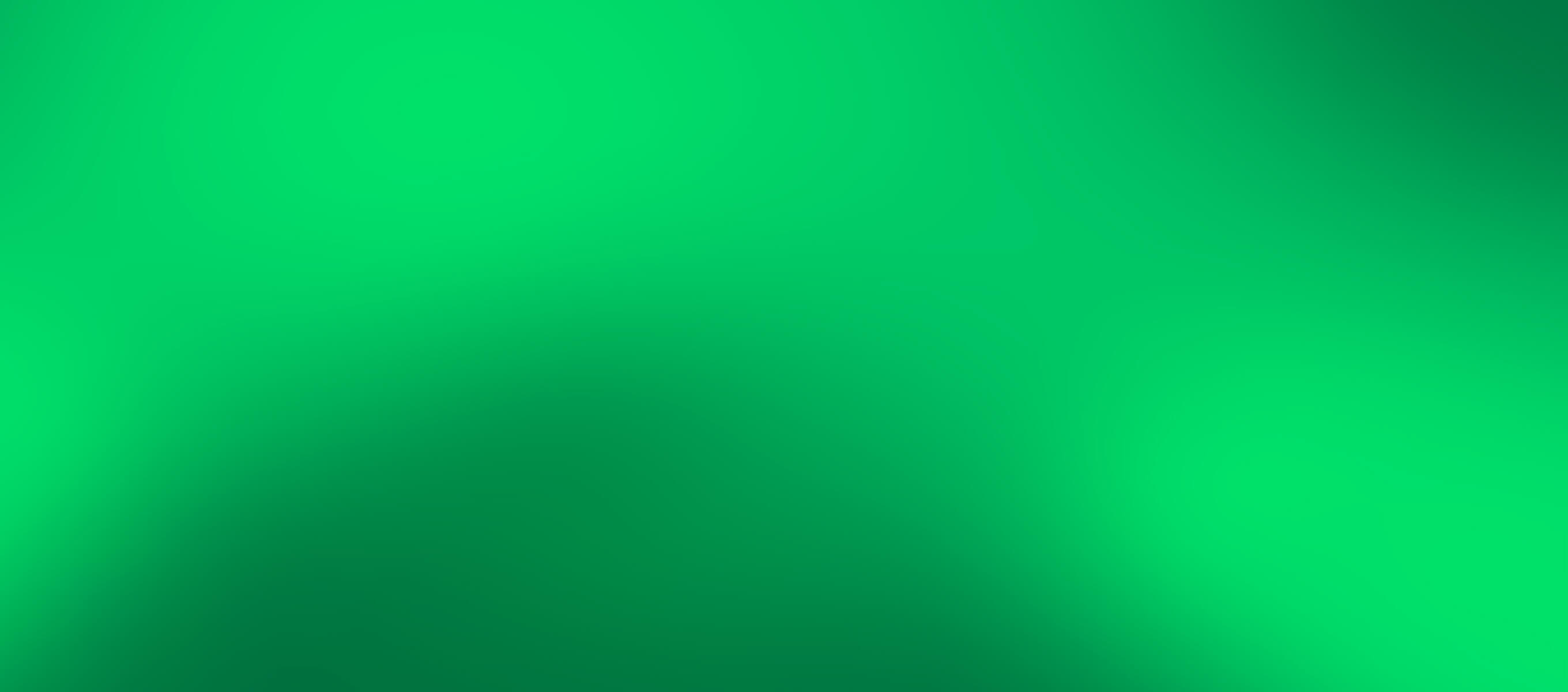Katina Bock, Nick Mauss - Resonance
- Date
- From 21.03.2025 to 06.09.2025
- Place
-
Espace Louis Vuitton München
-
Maximilianstrasse 2a
-
80539 München
- Phone
-
+49 89 55 89 38 100,
- Hours
-
Monday–Friday : 12p.m.–7 pm; Saturday: 10 am–7 pm
L’Espace Louis Vuitton München est fier de présenter Resonance, une exposition exclusive qui réunit pour la première fois les œuvres de l’artiste allemande Katinka Bock et de l’artiste américain Nick Mauss.
The Espace Louis Vuitton München is proud to present Resonance, an exclusive exhibition connecting the works of German artist Katinka Bock and American artist Nick Mauss for the first time. This show forms part of the Hors-les-murs programme of the Fondation Louis Vuitton, which showcases holdings from the Collection at the Espaces Louis Vuitton in Tokyo, Munich, Venice, Beijing, Seoul and Osaka, carrying on the Fondation’s mission to reach a broader audience through international projects.

KATINKA BOCK ALASKA 2014, A AND I 2014
© Katinka Bock Courtesy of the artist and Fondation Louis Vuitton Photo credits: © Jérémie Souteyrat / Louis Vuitton

NICK MAUSS OF FRINGES OF 2012, SLEEPING 2012
© Katinka Bock Courtesy of the artist and Fondation Louis Vuitton Photo credits: © Jérémie Souteyrat / Louis Vuitton
Katinka Bock has been exploring “togetherness” (l’être-ensemble) since the 2000s through sculptures, videos and installations that showcase the uniqueness of her chosen materials and the fragility of their coexistence. Her works consistently stem from an experience associated with a specific place, the physical and material conditions of which she probes while exploring their historical, political and social dimensions. Her research is formalised in modest materials, often rough or cheap-looking and chosen specifically for their physical properties, such as sand, clay, paper, stone, chalk, wood, water and metal. She often selects soft, flexible materials that she manipulates before exposing them to accidents or natural phenomena. By combining these materials with commonplace objects, such as straps, fabrics, trivets or tripods, Bock creates works that appear both robust and fragile, seemingly precariously balanced, as though they were about to tip over or break.
Nick Mauss has an expanding, multidisciplinary oeuvre based on drawing, a medium conducive to a direct expression of thought. He has been pursuing a hybridised work style that dovetails this art form with sculpture, performance, writing, poetry, video and even curation. Constantly reinventing the form, from abstraction to figuration, he produces poetic, dreamlike images that depict a perpetual state of indeterminacy through unfinished figures and ambiguous forms. In black or in colour, his lines may be slender and light, sketched or dotted, combined with projections of spots, splashes, hatched hues or wispy tints, all contrasted and layered to create fragmented silhouettes and indefinite patterns. Mauss deploys this formal repertoire by applying a variety of techniques on various media and surfaces, including ceramics and mirrored panels. These compositions, large or small, engage in an intense dialogue with the space, sometimes extending to the observers, who suddenly find themselves at the very centre of the work.

Both artists’ practices intriguingly parallel: they commonly draw inspiration from historicl and cultural contexts, exploring the past to inform their contemporary creations. Bock‘s sculptures reference natural elements and the passage of time, while Mauss incorporates historical art references and archival materials into his works. Technically, both are known for their experimental approaches: while Bock uses various materials, often allowing natural processes to influence the outcome, Mauss merges all his techniques to create immersive installations. Bock‘s and Mauss‘ works engage with the architecture of the space, creating a dialogue with the environment. In essence, they both challenge traditional boundaries of art, encouraging viewers to engage with their work on a sensory and intellectual level.
Katinka Bock
Katinka Bock is a German sculptor and visual artist born in Frankfurt am Main in 1976. She currently lives and works between Paris (France) and Berlin (Germany). She studied at the Weißensee Academy of Art Berlin, where she received her diploma in 2002 and continued as a master student under German sculptor Inge Mahn until 2004. She also holds a postgraduate degree from the École nationale supérieure des Beaux-Arts de Lyon (France).
Bock‘s artistic practice lies at the intersection of sculpture and installation, often incorporating materials like leather, wood, stone, fabric, ceramics, and found objects. Her work explores the physical, temporal, and mental dimensions of space. The inherent qualities of her chosen materials and their relationship to the surrounding environment are central to her artistic expression. She frequently employs techniques such as folding, wrapping, molding, and imprinting, resulting in pieces that reflect the passage of time and the interplay between body and material. Her work has been exhibited internationally.
Notable solo exhibitions include those at CRAC Occitanie (Sète, France, 2023); Kestner Gesellschaft (Hanover, Germany, 2020); Centre Pompidou (Paris, France, 2019); Pivô (São Paulo, Brazil, 2019); Lafayette Anticipations (Paris, France, 2019); Mercer Union (Toronto, Canada, 2017); Labor (Mexico City, Mexico, 2016); Kunstmuseum Luzern (Switzerland, 2016); and Fondazione Pastificio Cerere (Rome, Italy, 2010). Her work is part of major collections and has also been included at prominent institutions such as the Centre Pompidou (Paris, France, 2019, 2021), Tate Modern (London, United Kingdom, 2008), and the Museum of Modern Art (New York, USA, 2019).

Nick Mauss
Drawing is a central theme and plays a dominant role in Nick Mauss’ work. Using a multi-disciplinary practice, the artist explores the potential of drawing and reinvents its possible forms by combining it with other media such as painting, sculpture, video, performance, books, and poetry.
Straddling abstraction and figuration, his works produce poetic, dreamlike images characterized by a state of perpetual vagueness—the artist favors unfinished figures and ambiguous forms. Fine, light drawings—executed in black or color—with hinted features, stippling, projections and crosshatched flat or hazy colors join and overlap to bring forth fragmented silhouettes and undefined patterns.


